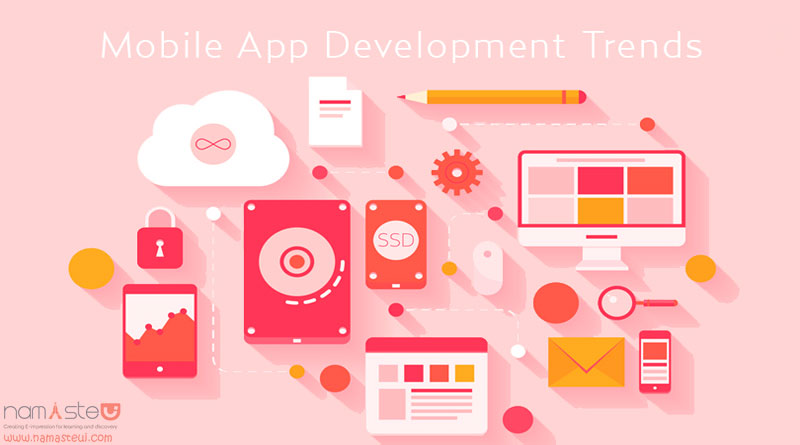The technology and features available on mobile devices are always improving. As a result, the process of mobile app development must also constantly change. For brands and organizations, it’s especially important to stay ahead of the curve. When you leverage the latest features before the competition, you create valuable user experiences that boost overall brand loyalty.
The following are some of the more significant changes likely to impact mobile app development companies in the near future:
Bridging Channels
Just a few years ago, the idea of a smartphone was revolutionary. Now users have separate mobile experiences via their phones, tablets, watches, kiosks, and even headsets. Brands have the opportunity to reach them over a range of mobile channels.
Providing customers with the most convenient experience requires developing a platform which allows users to seamlessly bridge the gap between these channels. Although application developers must still focus on tailoring their products to each individual device, they should also work to ensure users can easily switch from one device to another to complete a task.
For example, perhaps you’re using a company’s website to order a product or service, but you’re interrupted in the middle of the checkout process and need to leave your house for a few hours. Ideally, you should be able to complete your purchase via the company’s app on your phone, tablet, or watch without much struggle.
Personalizing Engagement
Mobile technology offers brands and organizations the chance to boost customer engagement through push notifications and similar alerts. This strategy has been effective for most companies thus far, but it fails to take advantage of the kind of information mobile experiences provide.
With user permission, organizations can gather data that helps them to better understand a customer’s needs at any given time. It’s easy to mistakenly deliver a push notification when a customer is too busy to engage with it. Brands need to shift their focus to methods of engagement that are tailored to specific users based on data.
For instance, perhaps a company develops an app to promote a music festival. The app can allow fans to choose which acts they’re most interested in seeing. Or, the app can access their social information to determine which performances they’d like to attend.
Either way, when a particular artist is almost ready to take the stage, the app might deliver an alert to the customer. If the user allows the app to track their location, it could even deliver relevant alerts based on where they are at any given time. Imagine walking towards the food vendors and being being provided with a discount code for your favorite food truck. You’ll be more likely to engage with an alert when it’s related to your interests.
Improving Customization
Planning and research can help a brand better predict what types of features and experiences their customers want from a mobile app. However, it’s impossible to know what they’ll respond to with one hundred percent certainty until they actually have a chance to use the app. Currently, it’s very difficult to make quick adjustments if users don’t react positively right away.
This should be a major priority for developers in the near future. They need to find ways to streamline the customization process. While it is difficult right now to update an app, publish it to the app store, and convince users to download the upgrade, addressing this problem is key to offering the best possible user experience.
Luckily, new technologies like augmented reality, give brands even more opportunities to learn about their customers. Perhaps instead of constantly publishing updates, they’ll instead focus on developing apps that allow users to easily customize their experiences. In doing so, they’ll provide the greatest possible value.
Saarya have over 7 years of experience within the Insight Analyst Industry and Human Resource outsourcing services. Customer Experience Management delivers and manages various offshore and onsite projects in various domains with multiple technologies.

